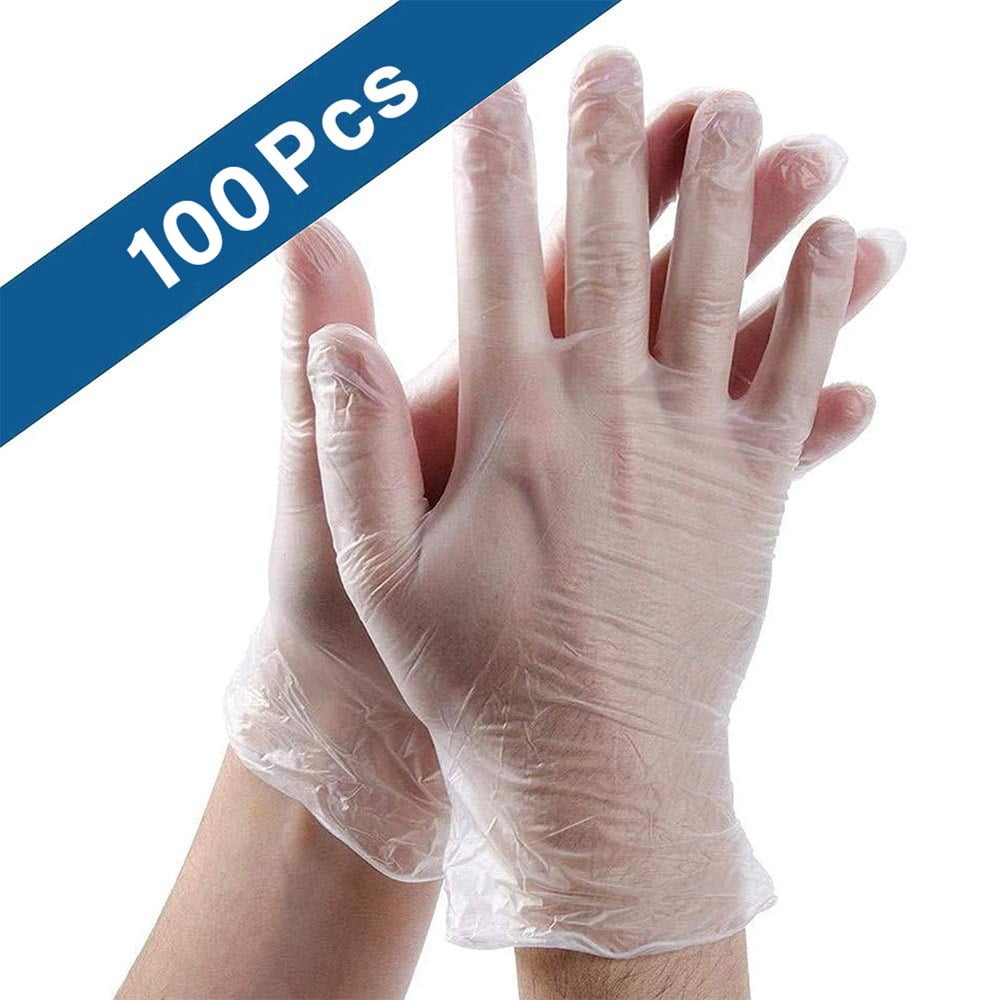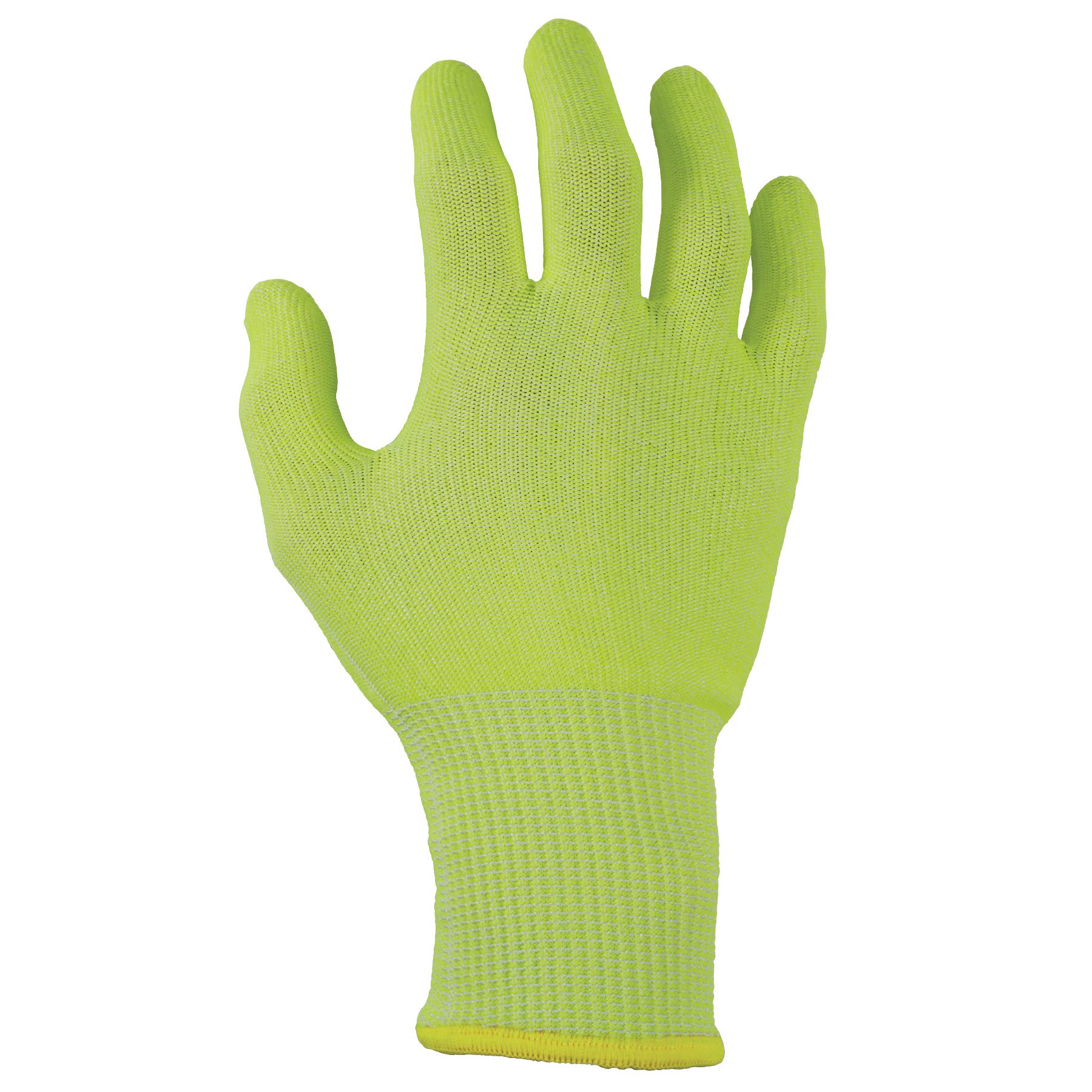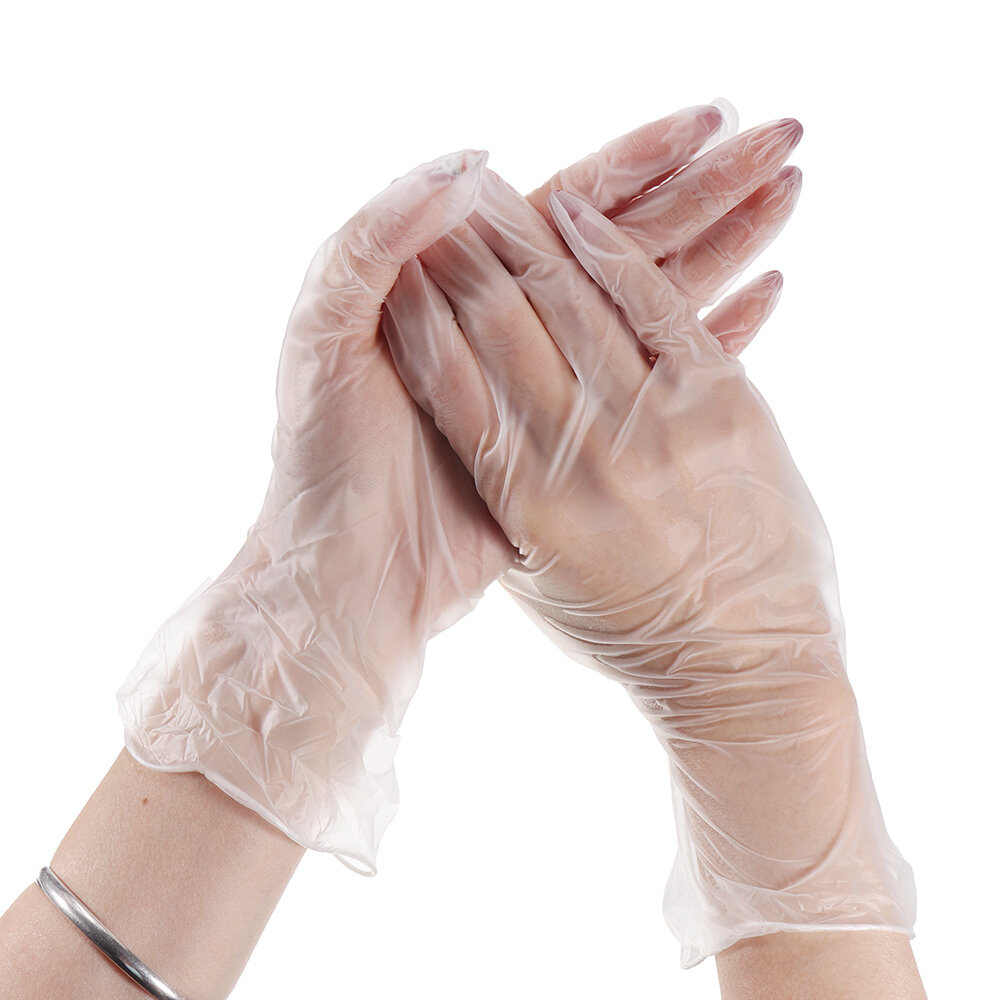Food grade gloves stand as indispensable tools in the culinary realm, safeguarding both consumers and food handlers from contamination. Crafted from materials meticulously chosen for their inertness and durability, these gloves form an impenetrable barrier against harmful microorganisms, ensuring the integrity and safety of our precious food supply.
As we delve deeper into the intricacies of food grade gloves, we will explore the regulatory landscape that governs their production, unravel the diverse materials employed in their construction, and uncover the best practices for their proper usage and maintenance.
Furthermore, we will venture beyond the confines of gloves, examining alternative methods of food handling that minimize their necessity.
Overview of Food Grade Gloves
In the food industry, maintaining hygiene and preventing contamination are paramount. Food grade gloves play a crucial role in ensuring food safety by creating a physical barrier between the handler and the food, reducing the risk of cross-contamination and promoting a clean and sanitary environment.
Food grade gloves are manufactured using various materials, each with its unique properties and applications. Common materials include:
- Nitrile:Durable, puncture-resistant, and resistant to chemicals and oils.
- Latex:Flexible, comfortable, and biodegradable, but may cause allergic reactions in some individuals.
- Vinyl:Economical, non-sterile, and suitable for short-term use.
- Polyethylene:Lightweight, disposable, and ideal for handling dry foods.
Food grade gloves are extensively used in a wide range of food-related industries, including:
- Food processing and packaging
- Restaurant and catering
- Supermarkets and grocery stores
- Healthcare and medical facilities
Regulations and Standards

Food safety is paramount, and the use of food grade gloves plays a crucial role in ensuring it. To maintain high standards of food hygiene and prevent contamination, regulatory bodies have established strict regulations and standards for the manufacture and use of food grade gloves.
Adhering to these standards is essential to guarantee the safety of food products and protect consumers from potential health hazards. Failure to comply with regulations can result in severe consequences, including legal penalties and damage to the reputation of food businesses.
Regulatory Bodies
Several regulatory bodies are responsible for setting standards for food grade gloves:
- U.S. Food and Drug Administration (FDA):Sets standards for food contact materials, including gloves used in food handling.
- European Food Safety Authority (EFSA):Provides scientific advice on food safety and sets standards for food contact materials within the European Union.
- British Standards Institution (BSI):Develops standards for a wide range of products, including food grade gloves.
- International Organization for Standardization (ISO):Sets international standards for various industries, including food safety.
Importance of Adherence
Complying with regulations and standards is crucial for the following reasons:
- Ensures Food Safety:Gloves that meet regulatory standards are designed to prevent the transfer of harmful bacteria, viruses, and other contaminants from hands to food.
- Protects Consumers:Adherence to standards helps safeguard consumers from foodborne illnesses and ensures the safety of food products.
- Maintains Food Quality:Gloves help preserve the quality of food by preventing contamination, extending its shelf life and reducing spoilage.
- Legal Compliance:Food businesses are legally obligated to comply with regulations and standards related to food grade gloves.
Consequences of Non-Compliance
Failure to comply with regulations and standards can have severe consequences:
- Legal Penalties:Non-compliance can result in fines, imprisonment, or both.
- Product Recalls:Contaminated food products can lead to recalls, damaging the reputation of food businesses and causing financial losses.
- Loss of Consumer Confidence:Breaches in food safety can erode consumer trust and lead to a decline in sales.
Types of Food Grade Gloves
Food grade gloves are categorized into various types based on material, thickness, and intended use. Each type offers unique advantages and drawbacks, making it suitable for specific tasks in the food handling industry.
Material
Food grade gloves are primarily made from three main materials:
- Nitrile:Nitrile gloves are known for their durability, puncture resistance, and chemical resistance. They are commonly used in tasks involving handling sharp objects or chemicals.
- Latex:Latex gloves offer excellent elasticity and dexterity, making them suitable for tasks requiring precision. However, they may cause allergic reactions in some individuals.
- Vinyl:Vinyl gloves are the most economical option and are commonly used for short-term tasks. They provide basic protection against moisture and contamination but offer less durability compared to nitrile or latex.
Thickness
The thickness of food grade gloves is measured in mils (thousandths of an inch). Thicker gloves provide increased protection but may compromise dexterity. Thinner gloves offer better flexibility but may be less resistant to punctures or tears.
Intended Use
The intended use of food grade gloves determines their specific design and features. Some common types include:
- General-purpose gloves:These gloves are suitable for a wide range of tasks, such as food preparation, packaging, and cleaning.
- Cut-resistant gloves:These gloves are designed with special materials to resist cuts and punctures, making them ideal for tasks involving sharp objects.
- Chemical-resistant gloves:These gloves are made from materials that can withstand exposure to chemicals, making them suitable for tasks involving cleaning or handling chemicals.
- Single-use gloves:These gloves are intended for single-use applications, such as food preparation or serving.
- Reusable gloves:These gloves can be washed and reused multiple times, making them a more economical option.
Proper Usage and Maintenance

Ensuring the proper use and maintenance of food grade gloves is crucial for food safety and hygiene. Here are some essential practices to follow:
Wearing and Removing Gloves, Food grade gloves
- Before donning gloves:Wash hands thoroughly with soap and water or use an alcohol-based hand sanitizer.
- When wearing gloves:Inspect gloves for any tears or punctures. Avoid touching non-food contact surfaces.
- When removing gloves:Carefully peel gloves off from the wrist area, avoiding touching the outside of the glove.
Glove Changes and Disposal
Regular glove changes are necessary to prevent cross-contamination. Gloves should be changed:
- Every time you handle different types of food.
- After any break in contact with food.
- If gloves become visibly soiled or torn.
Dispose of used gloves properly in designated waste containers.
Glove Storage and Maintenance
Proper storage and maintenance of food grade gloves ensure their longevity and effectiveness:
- Store gloves in a cool, dry place away from direct sunlight.
- Keep gloves in their original packaging or in a dedicated glove dispenser.
- Inspect gloves regularly for any damage or deterioration.
Alternatives to Food Grade Gloves
In certain situations, alternatives to food grade gloves can effectively minimize their usage. These alternatives offer advantages and disadvantages, making them suitable for specific industries and applications.
Clean Hands
Thoroughly washing and sanitizing hands is a fundamental alternative to gloves. This practice ensures hands are free of contaminants and minimizes the risk of foodborne illnesses. However, it requires frequent handwashing, which can be inconvenient and may cause skin irritation.
Utensils and Equipment
Using utensils and equipment like tongs, spatulas, and scoops can eliminate the need for direct hand contact with food. This approach reduces the risk of cross-contamination and maintains food hygiene. However, it may not be practical for all food handling tasks, especially those involving delicate items.
Sanitizing Agents
Sanitizing agents, such as food-grade sanitizers and UV light, can be employed to disinfect surfaces and equipment. By eliminating bacteria and viruses, these agents reduce the need for gloves and promote food safety. However, they require proper application and regular monitoring to ensure effectiveness.
Questions Often Asked: Food Grade Gloves
Are food grade gloves necessary for all food handling tasks?
While gloves offer a high level of protection, they are not always essential. For low-risk tasks such as opening pre-packaged food items, thorough handwashing may suffice.
How often should food grade gloves be changed?
Gloves should be changed frequently, especially after handling raw meat, poultry, or seafood. It is also advisable to change gloves if they become visibly soiled or torn.
What are the alternatives to food grade gloves?
Alternatives include frequent handwashing, using tongs or spatulas, and employing automated food handling systems. However, these methods may not provide the same level of protection as gloves.

